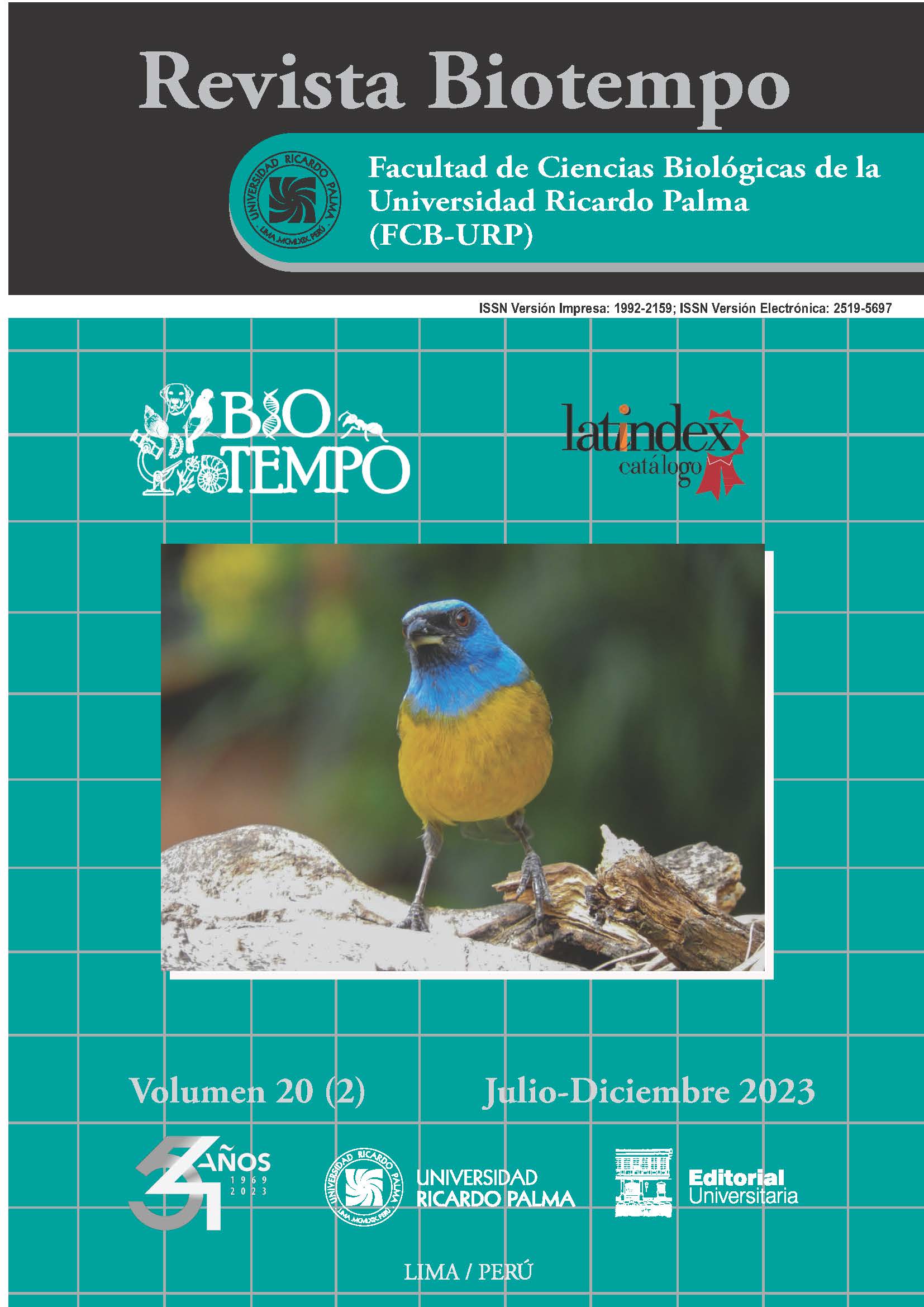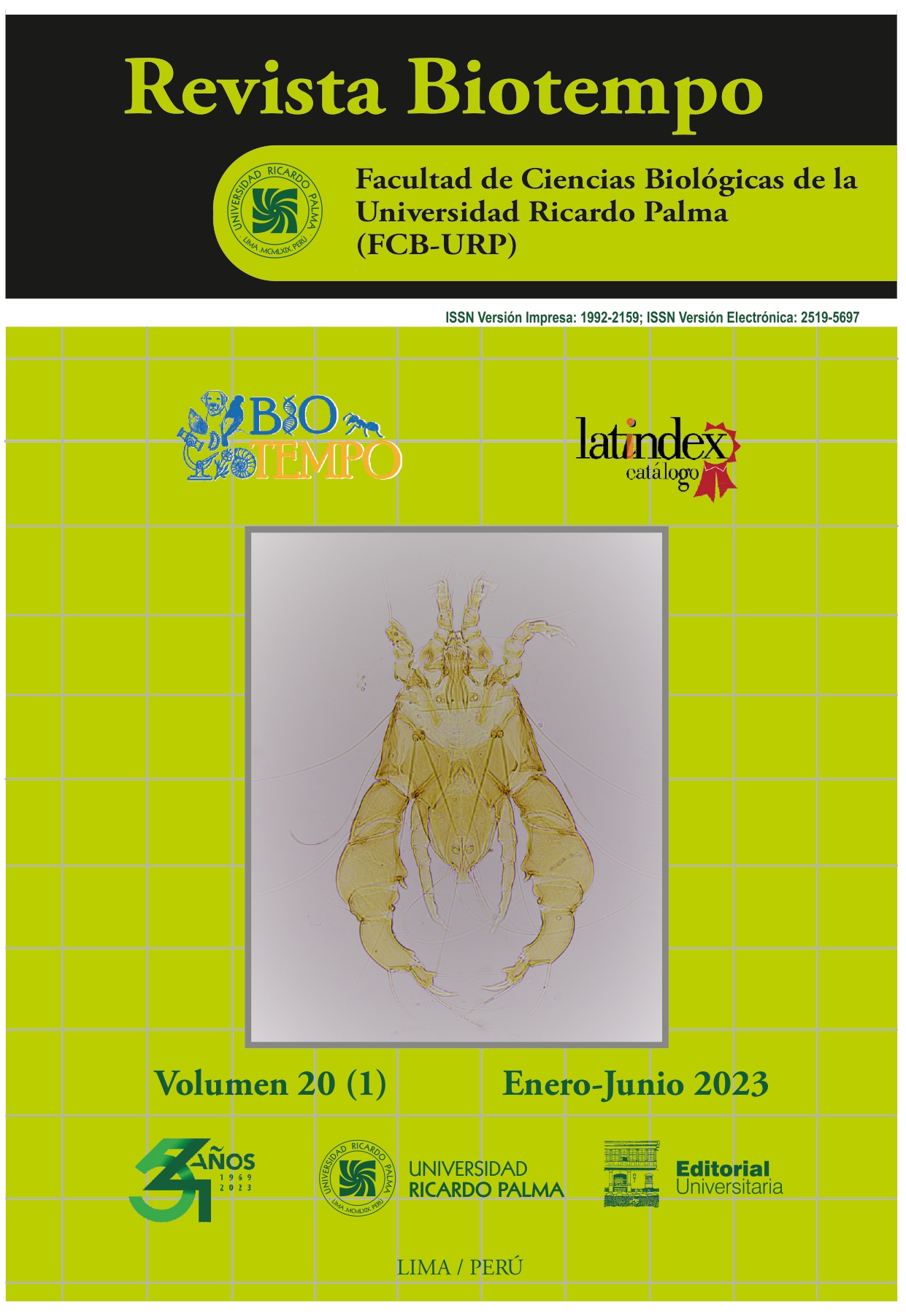Efecto de la aplicación de vermicompost en el comportamiento agronómico de diversos cultivos
DOI:
https://doi.org/10.31381/biotempo.v20i2.5742Palabras clave:
Abono orgánico, estructura del suelo, humus de lombrizResumen
La lombricultura es una actividad muy importante, que permite reciclar los desechos que se generan de las actividades agrícolas, agroindustria y municipales, por medio de las lombrices que influyen en los suelos agrícolas desde hace miles de años, mejorando las condiciones de fertilidad en diversos suelos, debido a su fácil manejo. El uso de las lombrices permite la transformación de los desechos orgánicos de manera rápida para producir abono rico en microorganismos llamado vermicompost (VC), con aporte de nutrientes asimilables para los cultivos. Ecológicamente constituye un elemento fundamental para la producción orgánica, brindando un abono eficiente y rentable para el uso agrícola en bajas dosis, sobre todo para pequeños productores. Así, la presente revisión de literatura pretende demostrar el efecto de la aplicación de vermicompost en el comportamiento agronómico de diversos cultivos. Se realizaron búsquedas de información bibliográfica de diversos manuscritos desde 2001 hasta la actualidad, totalizando 46 documentos, mismos que han sido buscados en las plataformas Scopus, Web of Science, Scielo, Redalyc, Latindex 2.0 y Google Académico. Las palabras claves utilizadas para la búsqueda fueron: ¨Lombricultura¨, ¨Lombriz californiana y clasificación taxonómica¨, ¨Hábitat y reproducción de la lombriz¨, ¨Sistema digestivo y alimentación de la lombriz¨, ¨Humus de lombriz y suelo¨ y ¨Humus de lombriz y comportamiento agronómico de cultivos¨. El humus de lombriz de forma sólida o líquida aplicada de diferentes formas tiene efectos positivos en el suelo y en las plantas, permitiendo un buen desarrollo y generando una alta productividad de diversos cultivos como los 11 analizados esta revisión de literatura.










